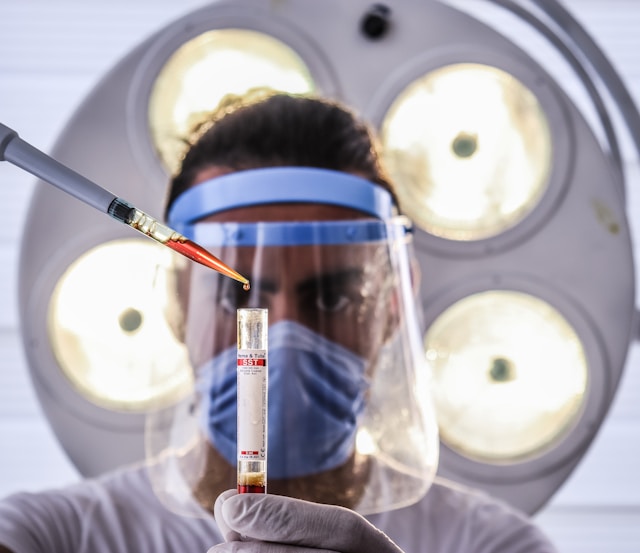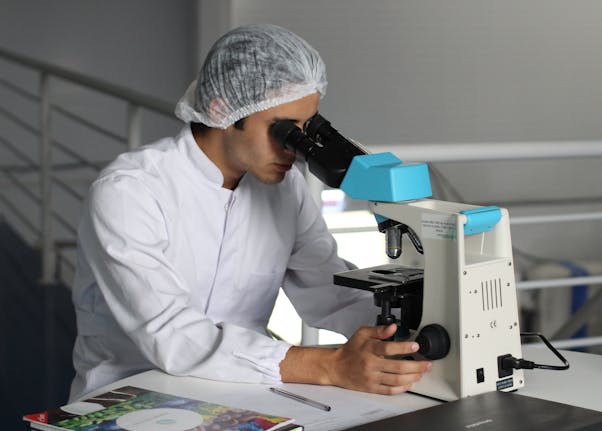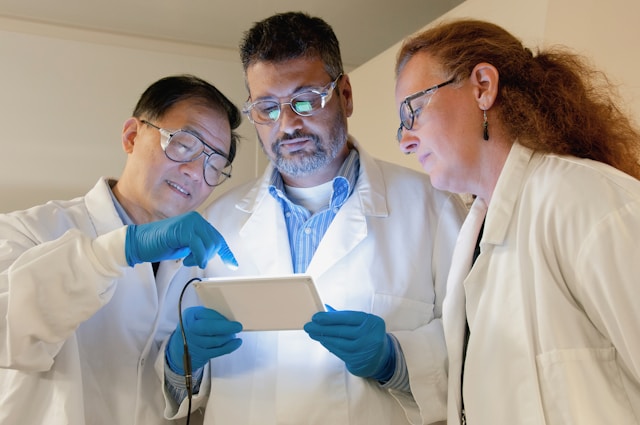 Research labs are vital hubs for scientific exploration, pushing the boundaries of knowledge in different fields. But pushing those boundaries often means dealing with tight finances.
Research labs are vital hubs for scientific exploration, pushing the boundaries of knowledge in different fields. But pushing those boundaries often means dealing with tight finances.
Managing labs means juggling the demand for top-notch gear, skilled staff, and necessary supplies while working within tight budgets. In this post, we'll look at savvy ways labs can stretch their funds to keep operations running smoothly and research sustainable.
Embrace Efficient Equipment Utilization
In the competitive landscape of laboratory research, maximizing the utility of equipment is key to minimizing expenses and enhancing value. A significant strategy that's gaining momentum across research facilities is the adoption of speed-efficient equipment.
For instance, investing in a state-of-the-art single cell sorter not only ensures precise results but also expedites the path from experimental insights to market-ready innovations, maximizing your return on investment. Moreover, researching the market to find a single-cell dispenser with a high level of dispensing efficiency can help you achieve your objectives with minimal waste of samples, thereby enhancing the overall effectiveness of your laboratory activities.
The right investment in equipment—particularly those that promise swift, accurate outcomes—can revolutionize your research output.
Implement Lean Inventory Management
Efficient inventory handling is vital for cutting waste and managing expenses in laboratories. Embracing lean inventory methods enables laboratories to simplify their procurement process and reduce surplus supplies.
Conducting routine stock audits, defining optimal stock levels, and forming strong alliances with dependable suppliers are among the key tactics laboratories can utilize to refine their inventory control procedures. Utilizing inventory control software also boosts effectiveness by delivering instant visibility into consumption trends and stock quantities.
Explore Collaborative Research Opportunities
 Working together presents a strong opportunity for labs to combine resources and cut expenses. When labs team up with other research centers or industry partners, they can share equipment, skills, and funding prospects.
Working together presents a strong opportunity for labs to combine resources and cut expenses. When labs team up with other research centers or industry partners, they can share equipment, skills, and funding prospects.
By applying for grants together, agreeing on shared equipment usage, and collaborating on research projects, labs can make the most of their combined strengths and reach shared research objectives. Collaboration not only saves money but also promotes the exchange of knowledge and innovation among scientists.
Invest in Energy Efficiency
A substantial fraction of a laboratory's operational expenses and ecological footprint stem from energy usage. Directing investments towards energy-efficient strategies and technologies not only cuts down costs but also fosters sustainability.
Laboratories can enhance their energy efficiency by integrating energy-saving lighting, modernizing HVAC systems, and deploying intelligent energy management solutions. By diminishing their carbon emissions, laboratories play a part in building a more environmentally friendly tomorrow while attaining enduring financial benefits.
Optimize Staffing Resources
Maximizing the efficiency of staff allocation is crucial for laboratories striving to handle budget limitations while upholding high research standards. Recent research indicates that investing in technology to alleviate staffing shortages is the top financial concern for almost half of laboratory leaders, emphasizing the urgency for inventive strategies in workforce organization.
In reaction to this necessity, laboratories are progressively adopting tactical methods like training employees across multiple roles, subcontracting non-essential tasks, and utilizing part-time or temporary workers during busy periods. These actions not only tackle current staffing issues but also promote flexibility and endurance in dealing with changing research requirements.
Prioritize Long-Term Planning and Budgeting
 It's crucial to look ahead and manage finances effectively for the long haul in laboratory operations. Developing thorough budgeting strategies that match research goals helps labs distribute resources well and handle financial challenges smartly.
It's crucial to look ahead and manage finances effectively for the long haul in laboratory operations. Developing thorough budgeting strategies that match research goals helps labs distribute resources well and handle financial challenges smartly.
Keeping an eye on financial projections, planning for unexpected situations, and regularly reviewing budget decisions allow labs to adjust to changing research needs and funding situations. This builds stability and strength, even when things are uncertain.
Diversify Funding Sources
To enhance financial stability and adaptability, labs should look beyond conventional grants and institutional backing. Adding philanthropic contributions, teaming up with corporations, and exploring crowdfunding options can bolster existing funding channels and support particular research ventures or programs.
Expanding funding sources decreases dependence on one funding stream and lessens the blow of funding shifts or budget reductions. By exploring various funding paths, labs can tap into fresh resources, encourage innovation, and uphold their research pursuits amid evolving funding scenarios.
Final Thoughts
To make the most of laboratory funds, it's crucial to adopt a comprehensive strategy. This includes using equipment efficiently, managing inventory wisely, fostering collaboration, saving energy, embracing open access publishing, optimizing staff, and planning for the long haul.
By putting these money-saving tactics into action, labs can make the best use of their resources, boost productivity, and support ongoing scientific exploration. By focusing on effectiveness and creativity, labs can keep pushing the limits of what we know and make impactful discoveries.